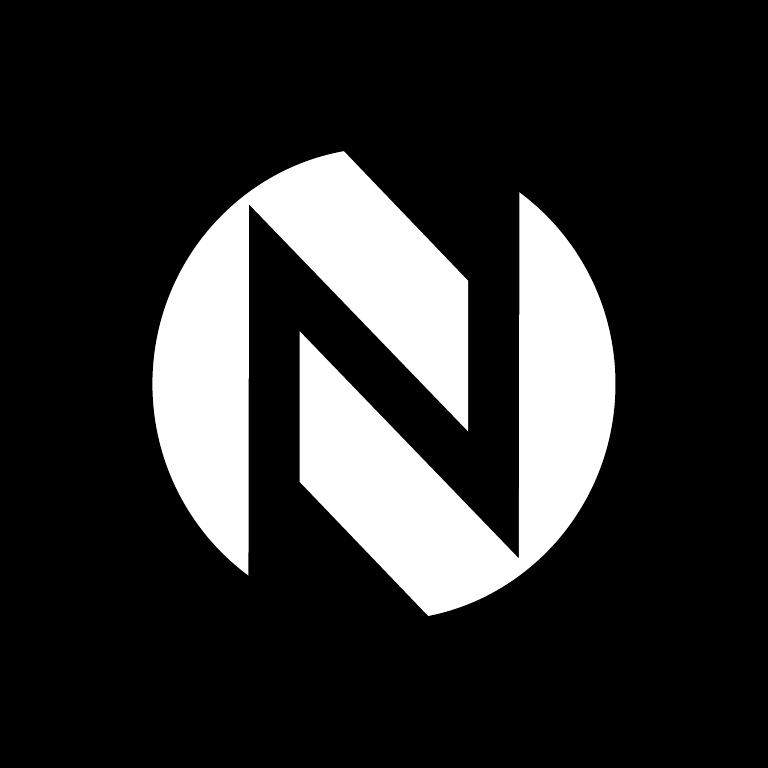Nativator
Convert Webflow sites to native iOS/Android apps with push notifications, offline access, and device features.

How to integrate Nativator with Webflow
Nativator wraps your published Webflow site in native mobile app containers for iOS and Android app store distribution. The service adds native device features not available in web browsers like push notifications, offline content caching, and native camera/GPS access while maintaining your Webflow site as the content source.
Set up the integration by configuring your Webflow site's DNS and hosting, then connecting to Nativator's conversion service to generate and deploy your mobile apps.
Requirements
Your Webflow site needs DNS configuration with A records, CNAME records, and hosting setup before connecting to Nativator. Custom domains require specific DNS records that Webflow uses to serve your published content to external services.
According to Webflow's DNS configuration guide, you need A records pointing to 198.202.211.1, 75.2.70.75, or 99.83.190.102 and CNAME records to cdn.webflow.com.
More specific setup requirements include:
- Active Webflow Site plan for custom domains
- Published site with custom domain configured
- SSL certificate provisioned (automatic with Webflow hosting)
- Workspace administrator role to manage integrations and site settings
Additional requirements for app deployment:
- Nativator account
- Apple Developer Program membership for iOS app deployment
- Google Play Console account for Android app deployment
DNS changes can take up to 48 hours to propagate globally. Test your custom domain in multiple locations before providing the URL to Nativator's conversion service.
Connect Webflow to Nativator
Provide Nativator with your published Webflow site URL. Configure mobile-specific features through their dashboard, then deploy the generated apps to app stores. Consult Nativator directly for detailed configuration steps and setup documentation.
Your Webflow site continues operating normally while the mobile apps reference your published content. Updates to your Webflow site sync to the mobile apps automatically without separate deployment processes.
This integration supports the following capabilities:
- Send alerts to users through mobile notification systems independent of browser requirements
- Access camera, geolocation, and other device features through Nativator's mobile API
- Cache content locally so users can access core features without internet connectivity
- Publish to iOS App Store and Google Play Store with Nativator handling submission requirements
- Propagate changes to your published Webflow site in the mobile apps without resubmitting to app stores
Limitations
Complex interactive features like payment processing, live chat systems, and custom JavaScript that relies on browser-specific APIs require testing in the mobile app environment, as they may not convert perfectly.
Converted applications can experience performance differences compared to the original web version, particularly with animations and complex user interactions.
Webflow's platform has several technical limitations that affect mobile app performance and functionality.
API and performance limits:
- Rate limits are 60 to 120 requests per minute, depending on your Webflow plan
- Maximum one site publish per minute
- 30-second request timeout
- 128 MB worker memory cap
According to third-party developer analysis, Webflow forms support basic input types (text, email, phone, number, password). File uploads require Business plan or above. Native date pickers, rich text inputs, and multi-step forms require custom implementation.
Payment processing requires Stripe integration. Webflow is not HIPAA compliant, which restricts use in healthcare applications requiring protected health information (PHI) handling.
What you can build
Integrating Nativator with Webflow converts your web application into native mobile apps distributed through major app stores while maintaining your Webflow site as the content source. These patterns work well for Nativator conversion:
- Push notification integration: Send time-sensitive alerts to users through native mobile notification systems, triggering notifications based on user actions, scheduled events, or content updates published to your Webflow CMS.
- Offline content access: Provide access to content libraries, articles, or resources without internet connectivity, using native caching to store content locally on the device.
- Native device feature integration: Add camera functionality for photo uploads, GPS location services for location-based features, or accelerometer data for interactive experiences that require hardware access not available in web browsers.
- App store distribution: Publish to iOS App Store and Google Play Store for discoverability, user trust, and platform-specific distribution requirements that web-only solutions cannot fulfill.
Frequently asked questions
Nativator requires a published Webflow site with a custom domain and active hosting. You connect your site by providing your site URL to Nativator's service, which creates native app containers that reference your published content.
Only Workspace administrators can manage site settings and configure external service connections. The Webflow Developer Documentation explains authorization levels for managing third-party integrations.
Your site must be published and accessible at the custom domain before Nativator can convert it. Test your published site thoroughly in mobile browsers to identify potential issues before creating native app versions.
Webflow forms support basic input types like text, email, phone, and number fields in converted mobile apps. File uploads only work on Business plans and above. Native date pickers, rich text inputs, and multi-step forms require custom implementation.
Payment processing through Webflow depends on Stripe integration. Test all payment and form functionality in mobile app environments before app store submission.
Test your converted Webflow site on both iOS and Android devices before submitting to app stores. Complex interactive features may not convert perfectly—payment processing, live chat systems, and custom JavaScript that relies on browser-specific APIs require thorough testing in the mobile app environment. Converted applications can experience performance differences compared to the original web version, particularly with animations and complex user interactions.
Focus testing on critical functionality: verify payment flows complete successfully, confirm form submissions work as expected, test navigation patterns in the native container, and ensure custom JavaScript executes properly. Consult Nativator's documentation for guidance on testing mobile-specific features like push notifications and offline functionality before deployment.
According to Webflow's integration directory listing, Nativator adds push notifications, geolocation services, camera access, and offline functionality to converted apps. These features aren't available in standard web browsers and require native app containers to function.
Push notifications send alerts directly to users' mobile devices independent of browser requirements. Geolocation provides more accurate location tracking than browser-based services. Camera access enables photo capture and upload within the app interface. Offline functionality caches content locally so users can access core features without internet connectivity. Consult Nativator's documentation for configuration options for each feature.
Changes to your published Webflow site automatically sync to converted mobile apps without requiring resubmission to app stores. This works because the mobile apps act as containers that reference your published Webflow content rather than storing copies of it.
Major changes to site structure, navigation, or functionality should be tested in mobile app environments before publishing to production, as some features may behave differently in native app containers compared to web browsers.

Description
Nativator converts web applications into native mobile apps without code. The service wraps your existing web app in a native container—a native iOS/Android app shell that displays your web content—and adds mobile-specific features like push notifications, geolocation, camera access, and offline functionality. You deploy apps to both iOS App Store and Google Play Store with Nativator handling submission requirements while maintaining synchronization with your web application updates.
This integration page is provided for informational and convenience purposes only.

Udesly BigCommerce to Webflow
Migrate your entire BigCommerce product catalog to Webflow with just a few clicks. Transform your e-commerce store with Webflow's powerful visual design tools while preserving all your product data, categories, and inventory details.

Webflow Pages — WordPress plugin
The Webflow Pages plugin establishes an API connection between your WordPress installation and Webflow projects, enabling you to design pages in Webflow while WordPress handles routing, authentication, and content management through your existing infrastructure.

Udesly — WooCommerce to Webflow Converter
Export your WooCommerce products in 1 click and get them ready to use with the Webflow Ecommerce.

Udesly — Shopify to Webflow Converter
Transfer your products from Shopify to Webflow Ecommerce in 1 click with Udesly for Mac and Windows.

Udesly — From Wix to Webflow, in a few simple steps
Convert your Wix products in 1 click and get them ready to use with Webflow Ecommerce

Udesly — Convert Squarespace products to Webflow
Convert your Squarespace products in 1 click and get them ready to use with Webflow Ecommerce

Udesly CSV Converters
Move to Webflow Ecommerce in 1-click. Convert your existing Ecommerce to Webflow.

Form-Data
Connect Form Data with Webflow to add spam filtering, notifications, and workflow automation to your forms without managing servers.


